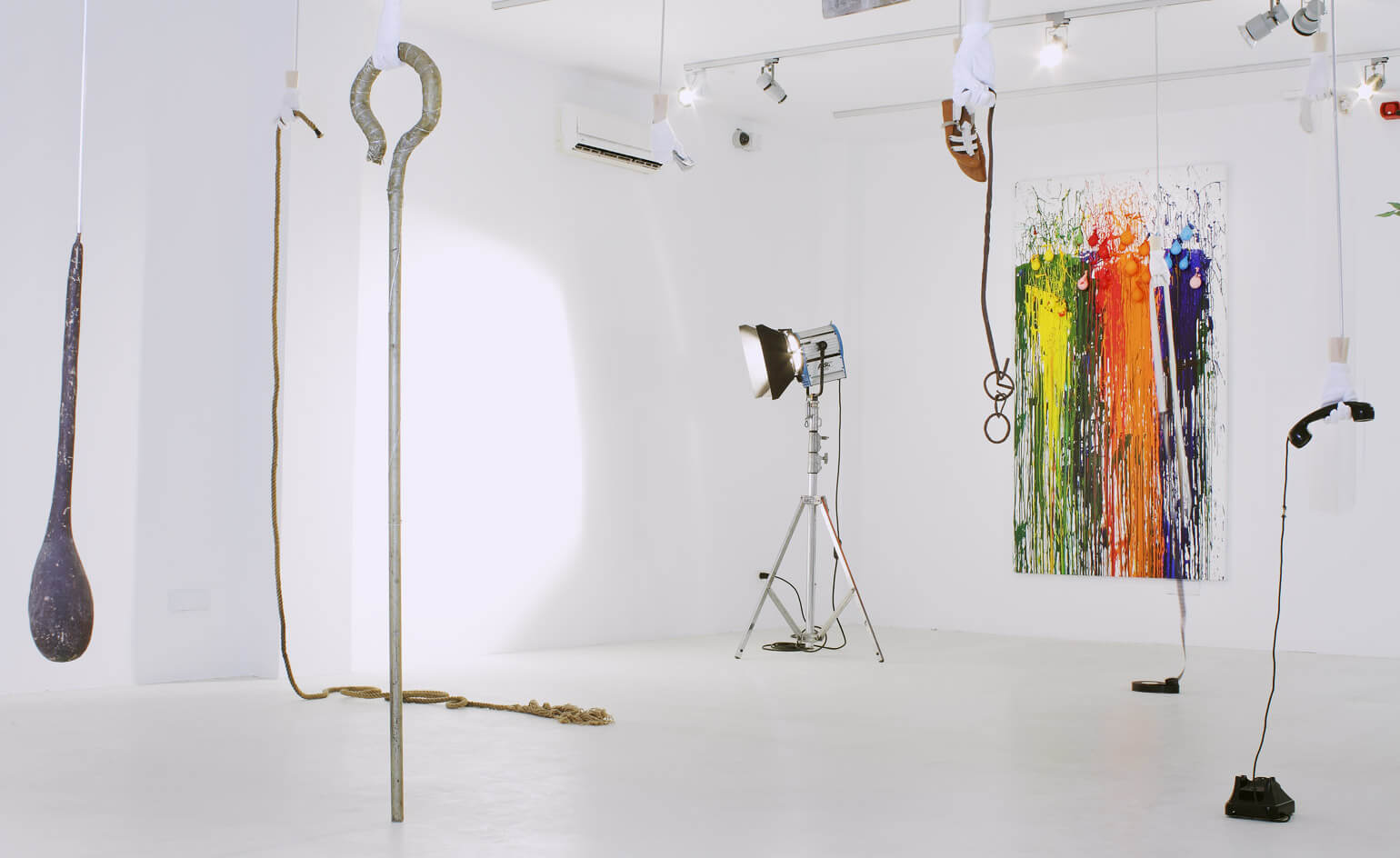For 2017, Castets has staged a sequel, this time at a former modernist residence in Belgrade. Showcasing the work of 21 artists, including nine new productions commissioned and selected in close collaboration with independent curator Julie Boukobza, the show has been produced by Balkan Projects – a new initiative led by LA-based Serbian actress Marija Karan, which aims to bring the Balkan art scene to an international stage.
As well as artists who participated in the first showcase, such as William Leavitt and Mathis Gasser, this Belgrade-based follow-up stars a number of Balkan artists, who bring a new and unique viewpoint to the subject. ‘We really liked thinking about it as a sequel,’ says Castets of the new approach. ‘It’s an entirely different movie but it’s the same storyline.’
‘This time, it was about engaging with the rich history of ex-Yugosalvian cinema and working with a number of artists from the Balkans. This is what is at the heart of [Balkan Projects] – to foster cultural dialogue and to also give an occasion to artists from the ex-Yugosalvian diaspora, such as Aleksandra Domanovic, Darja Bajagić and Bojan Šarčević, to return to the region with a different perspective. And that’s been very inspiring.’
Titled ‘FADE IN 2: EXT. MODERNIST HOME — NIGHT’, the exhibition is staged at the city’s cinematic Gallery-Legacy Čolaković – the former residence of collectors Milica Zorić and Rodoljub Čolaković, which was bequeathed by the couple to the Museum of Contemporary Art, Belgrade, along with their private collection. Opened to the public in 1990, the venue has its own storied history – most dramatically in 1998, when its courtyard was the site of the assassination of Serbian gangster Darko Ašanin.
‘For me it was very important to engage with the courtyard space,’ explained Boukobza, who together with Castets, conceived the show’s summer evening opening to mimic what a Hollywood interpretation of an art exhibition opening would look like.
With a string quartet playing to the assembled guests in the background, the courtyard’s shallow, sun dappled pool played host to a fire-breathing, Jacques Tati-inspired fountain by Swiss artist Tobias Spichtig. All around it, topless male models clad in jeans waded about the water, stoppin occasionally to paint Modigliani portraits on each other’s backs. The scene, conceived by German artist Danai Anesiadou was inspired by Denys de La Patellière’s 1968 film Le Tatoué, in which a wealthy art dealer discovers a Modigliani portrait tattooed on the back of an old, aristocratic legionnaire.
Up above, wrapping the courtyard’s walls, a repeating poste design by Serbian-born Raša Todosijević advertises a film titled Murder that was never made – a chilling acknowledgement of the location’s violent history. ‘It felt like being in a movie,’ reflected Boukobza of the opening night. ‘It was a representation of what an art performance is – it was about creating a cliché; a mise en abyme.’
Inside, video installations such as Christian Marclay’s film montage provided further analysis of the topic. Called Made to be Destroyed, Marclay pieces together high octane clips of art in movies; Clive Owen battles through a frenetic shoot out in the Guggenheim, Christian Bale sets fire to the Mona Lisa and Jack Nicholson’s Joker gleefully dances through a Gotham City gallery, defacing and destroying artworks as he goes.
Meanwhile, Benjamin Ramírez Pérez’s film Confluence pays homage to Doris, a Serbian singer and former child star who rose to prominence in 1992 with a song written to benefit orphans of the Yugoslav Wars.
‘It’s a new chapter in the Balkan art scene,’ said Balkan Projects founder Karan. ‘I want to consider what the contemporary Balkan art scene currently lacks and how I can help to galvanise its energies, applying my working knowledge of one cultural industry to help build another. There is so much potential from young artists here, they just need the platform.’

